
Salem, Massachusetts, is a city steeped in history, intrigue, and the legacy of the infamous Salem Witch Trials. As the self-proclaimed “Witch City,” Salem has become a magnet for those fascinated by the supernatural, the macabre, and the unexplained. Here are 14 interesting facts about this historic town.
The Witch Trials Begin

In 1692, Salem became the center of a notorious witch hunt. The trials led to the execution of 19 people and the imprisonment of many others. This panic was fueled by fear, superstition, and personal grudges that show how easily a community can turn against its own.
Who Was Tituba?
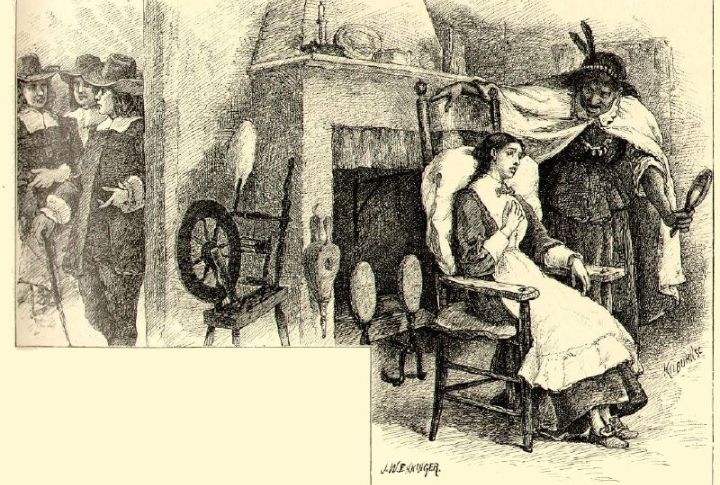
Tituba was an enslaved person who played a key role in starting the witch trials. She was the first woman accused of witchcraft during the Salem Witch Trials in 1692. Under intense pressure, she confessed to witchcraft, sparking mass hysteria that swept through Salem.
The Crucible by Arthur Miller
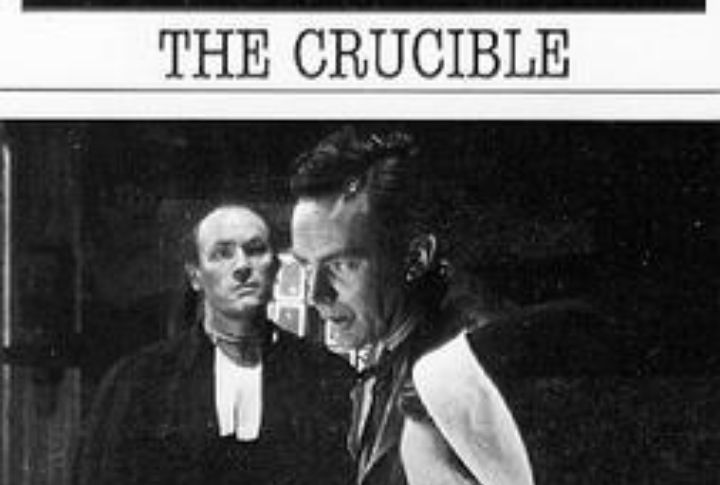
A play based on the Salem Witch Trials, The Crucible, was written by Arthur Miller and explored themes of fear and injustice. Though fictional, the play reflects the actual events of 1692 and warns about the dangers of mass hysteria.
The Witch House
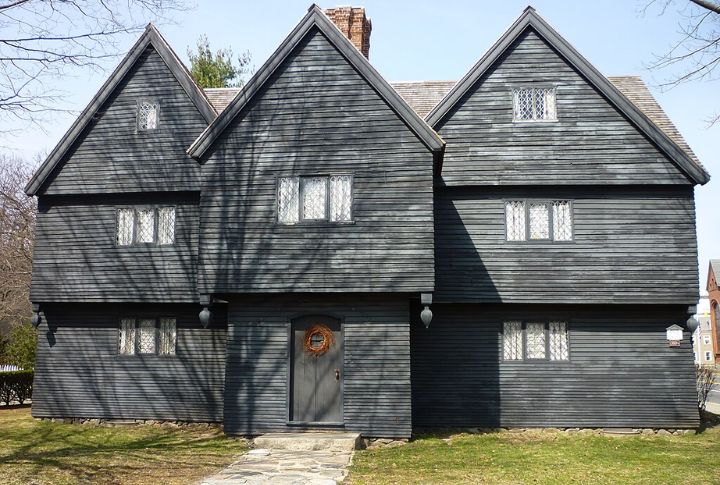
This house is the only building in Salem linked to the trials. Although it was once the home of Judge Jonathan Corwin, it is now a museum. Consequently, as a visitor, you can explore its eerie rooms and learn about the trials there.
Proctor’s Ledge Memorial

In 2017, Salem opened the Proctor’s Ledge Memorial to honor the victims of the witch trials because it was believed some innocent people were executed. This quiet site marks where the hangings occurred and allows visitors to reflect on lost lives.
Peabody Essex Museum
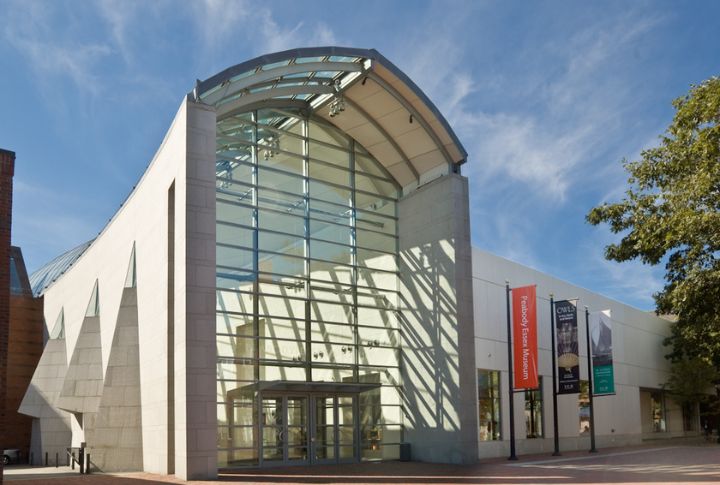
The museum is home to one of the oldest collections in the country. Its extensive collection includes works by famous artists, as well as artifacts and exhibits related to the city’s history. In addition, it features artifacts from the witch trials like personal items.
Gender and the Trials
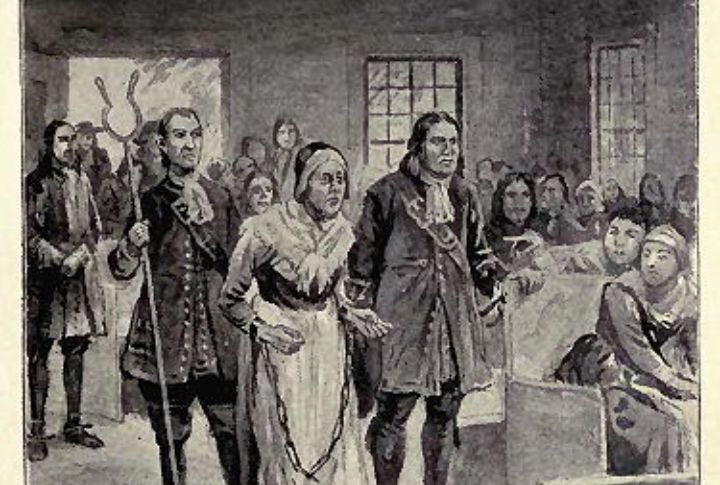
Most of those accused during the trials were women, often seen as outsiders. This reflects the strict expectations of Puritan women, who were expected to be submissive. However, the trials reveal ongoing issues of gender bias that still exist today.
Rebecca Nurse Homestead
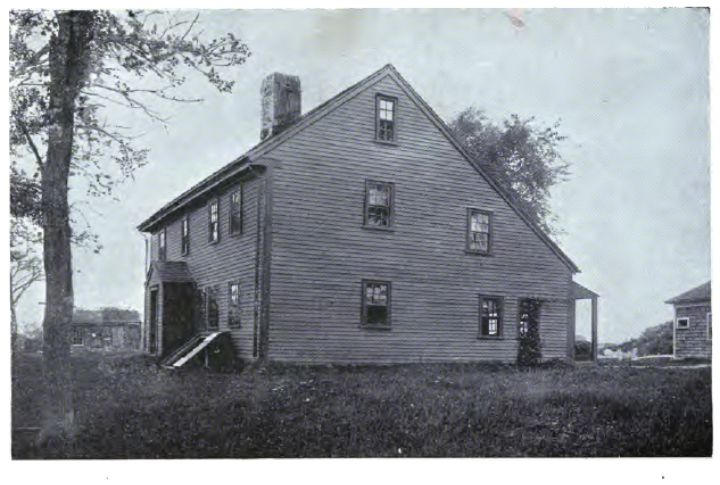
The Rebecca Nurse Homestead is a historic site that was the home of Rebecca Nurse, one of the most well-known victims of the Salem Witch Trials. Since, the house and surrounding property have been preserved as a museum to offer visitors a glimpse into her life.
Salem Witch Museum
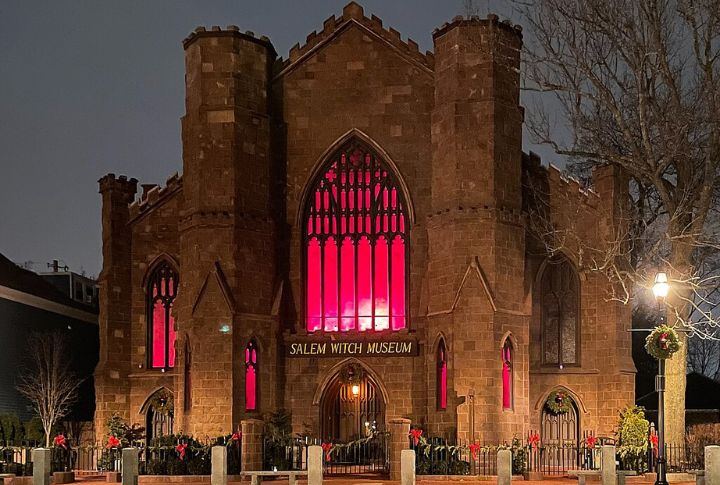
This museum provides an engaging experience that explains the witch trials. Opened in 1972, the museum offers an immersive and educational experience. Through exhibits and presentations, visitors learn about the events and their impact on American culture.
After the Trials
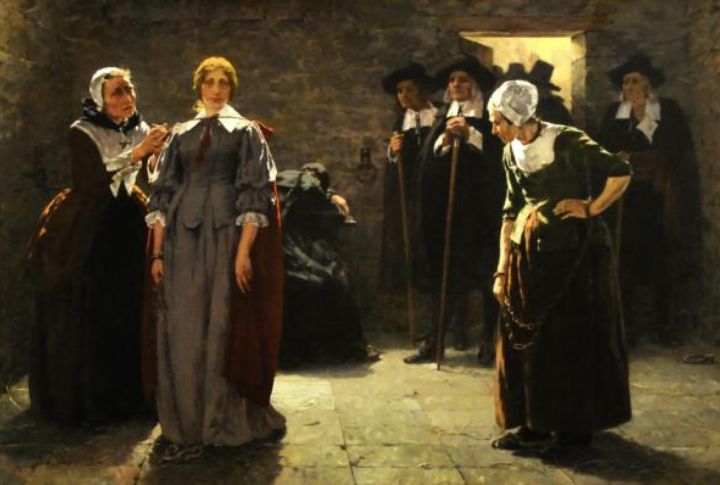
The tragic events of 1692 also led to a fundamental shift in the Puritan belief system, with many questioning the validity of spectral evidence and the use of coerced confessions. This ultimately contributed to the decline of witchcraft prosecutions in the American colonies.
The Witch Trials and Mental Illness

Witch Trials were marked by accusations from “afflicted” girls who claimed to be possessed by the accused witches. However, some historians believe these girls may have actually been suffering from conditions like ergot poisoning or other forms of mental illness.
Salem Today
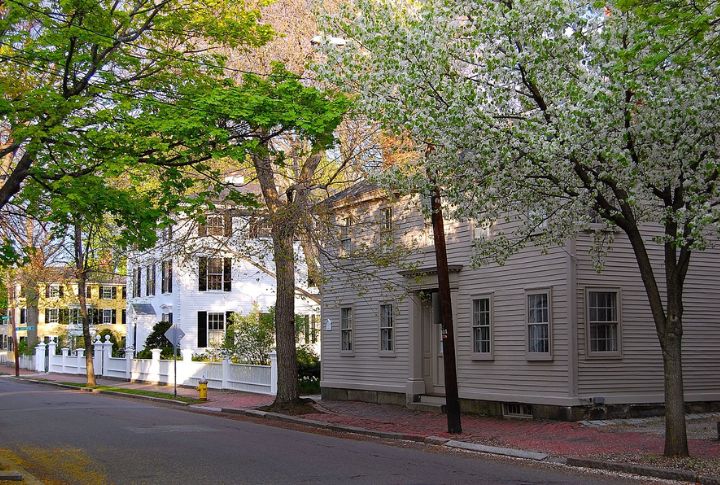
Today, Salem is a lively town that mixes history with modern life. It hosts many festivals, including the popular Haunted Happenings in October. The city embraces its “Witch City” identity, using it to attract visitors and educate the public about the trials.
Religious Influence

Puritan religious beliefs had a profound influence on the Salem Witch Trials. The Puritans’ deep-rooted fear of the devil and witchcraft, coupled with their rigid social and moral code, fueled the hysteria that led to the unjust prosecution and execution of those accused.
Salem Witch Trials Memorial

Located in Gallows Hill Park, the memorial honors the 20 innocent victims executed during the trials. It features 20 granite benches, each inscribed with the name of a person hanged for witchcraft, which serves as a solemn tribute to those wrongfully accused and killed.

